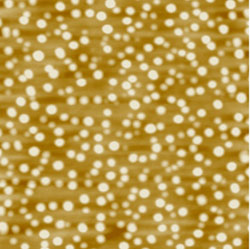Studying self-assembled semiconductor nanostructures
In the magnificent microworld of semiconductors, quantum dots are composed of excitons - bound states of pairs of an electron and an imaginary particle - confined in all three dimensions. Due to their properties, which are similar to those of an atom, quantum dots have received much attention recently for studying the physics of confined carriers and many-body effects. Such studies may lead to new innovations in quantum computing, optics and optoelectronic devices. Urged by this, the NANOMAT project focused on the spontaneous formation of nanometre-sized droplets of semiconductor material on a lattice-mismatched substrate. Part of the project work involved the determination of the confinement and exciton properties of quantum dots and other self-assembled nanostructured materials (SANM). For this purpose, a set of appropriate experimental and theoretical tools and techniques were generated. The adoption of the new methodology can provide a better insight into the electronic and optoelectronic properties of all stacked semiconductor nanostructures. End-users of the new methods and tools include all those interested in the research and development of semiconductor nanostructure (devices), belonging either to the wider scientific community or industry. A certain limitation with the exploitation of the new methodology to its full potential is that users need to have a deep knowledge and/or possess necessary infrastructure. Other than that, the methodology can find several applications. For more information on the project, click at: http://www.fys.kuleuven.ac.be/vsm/nanomat







